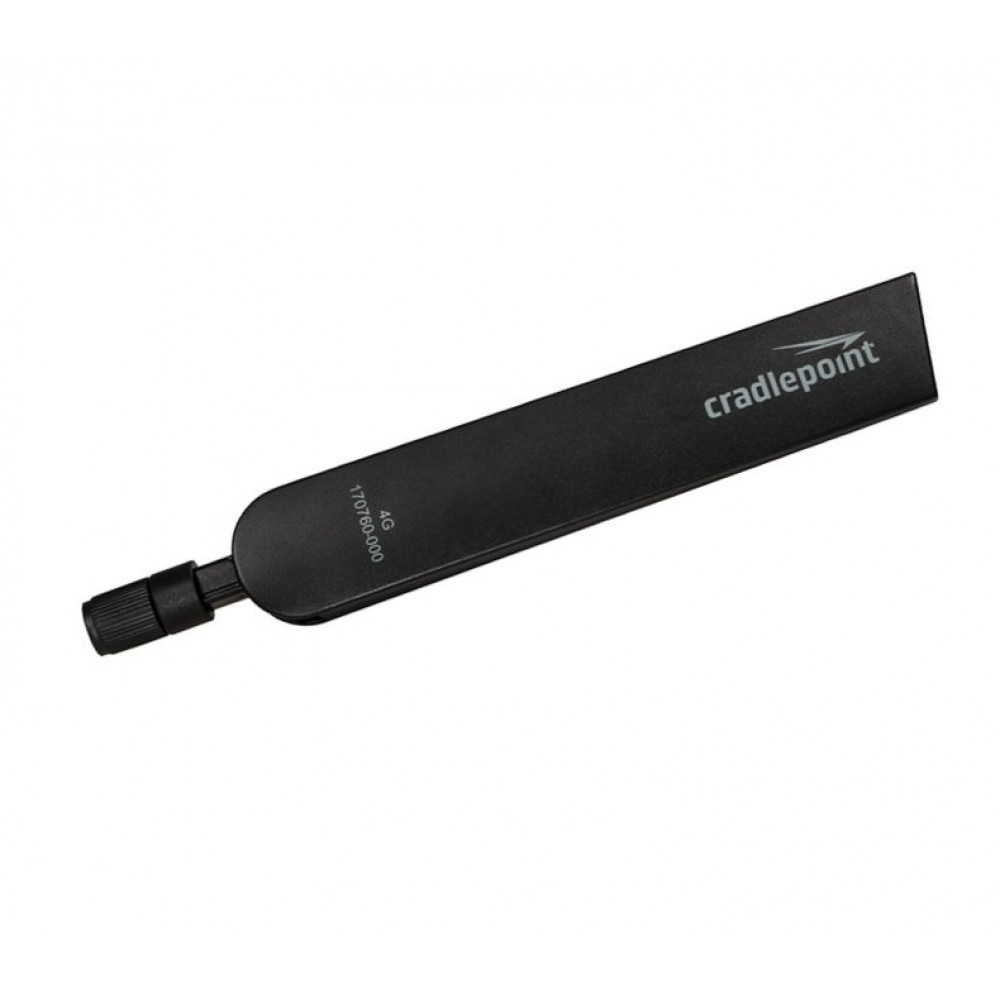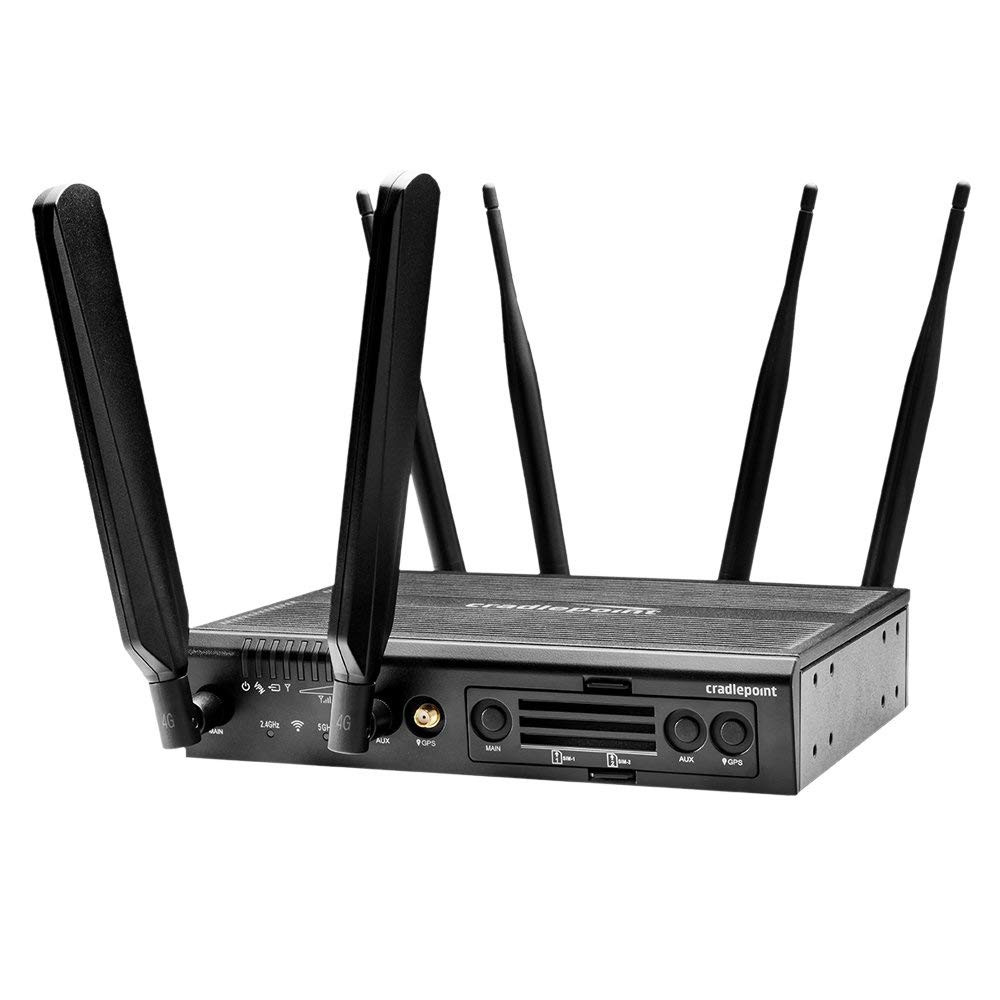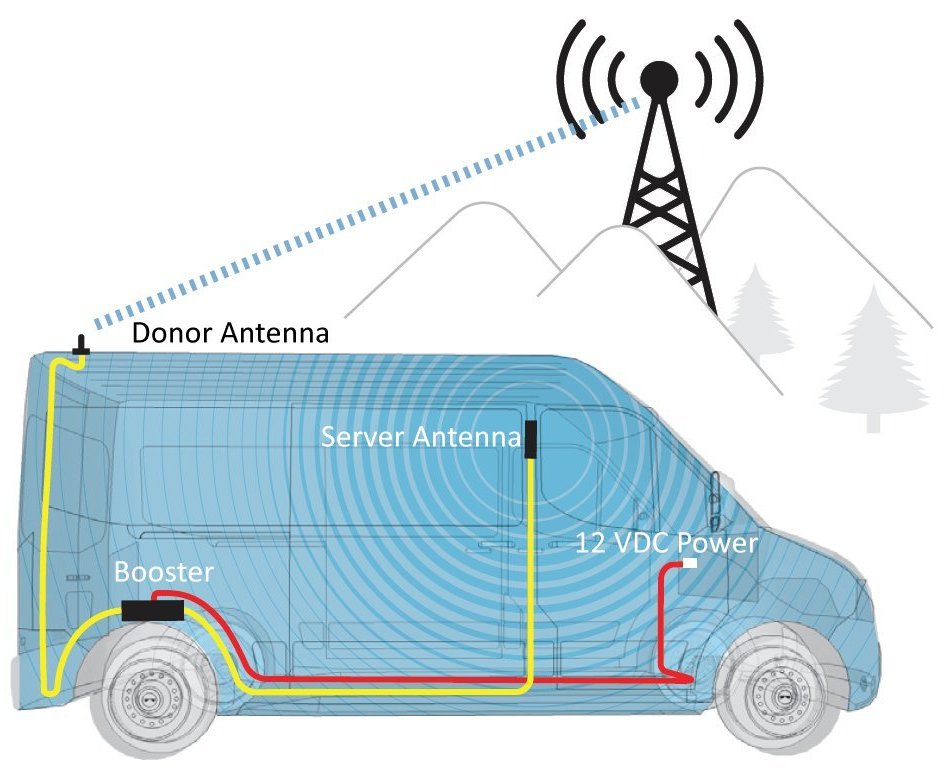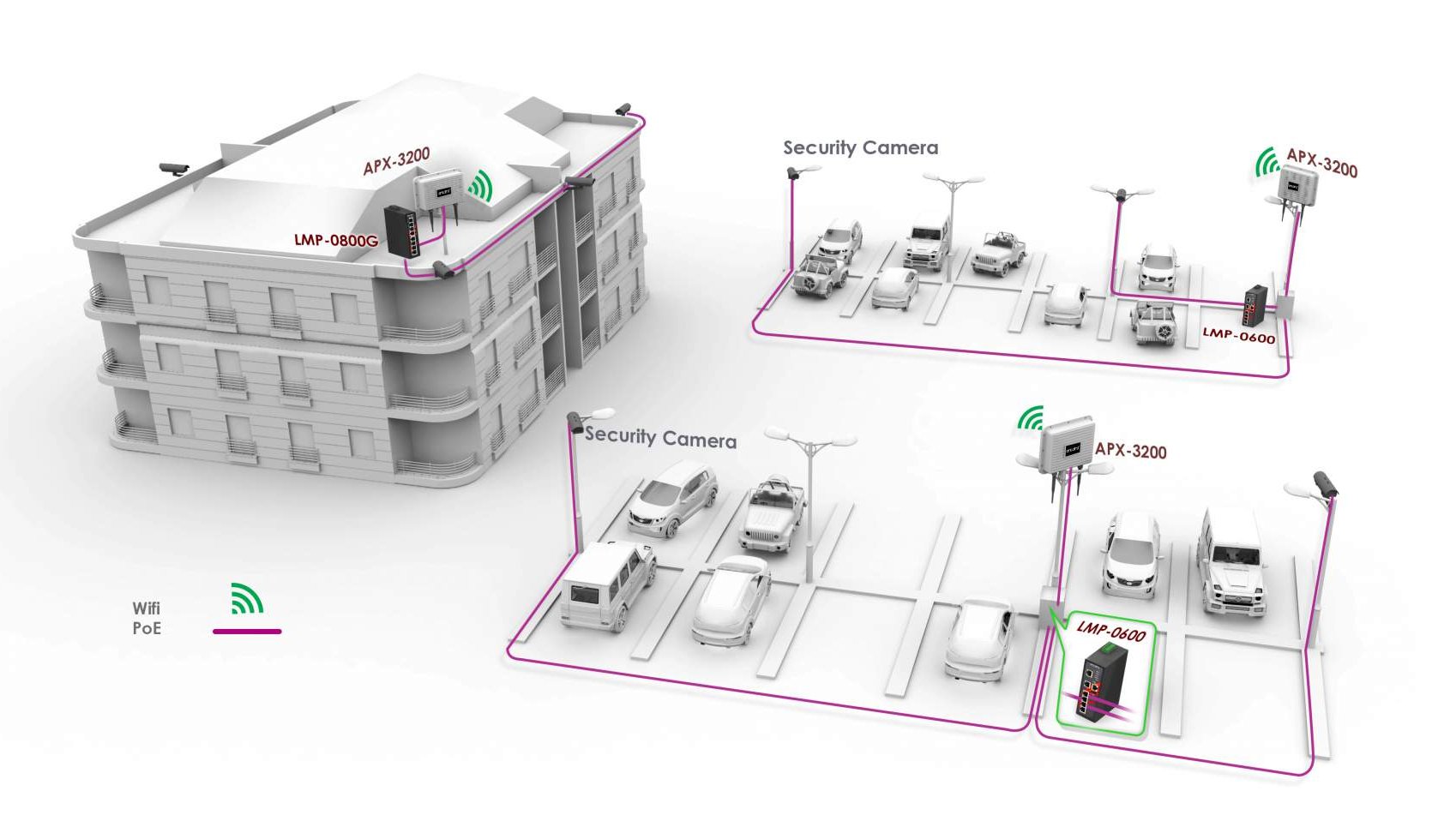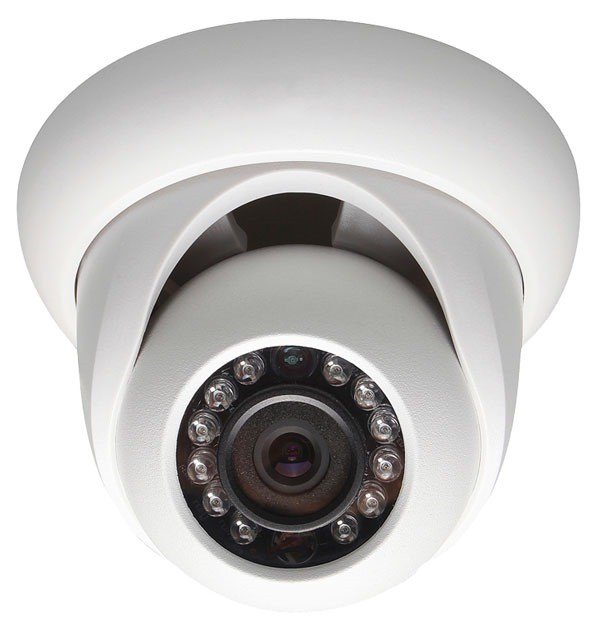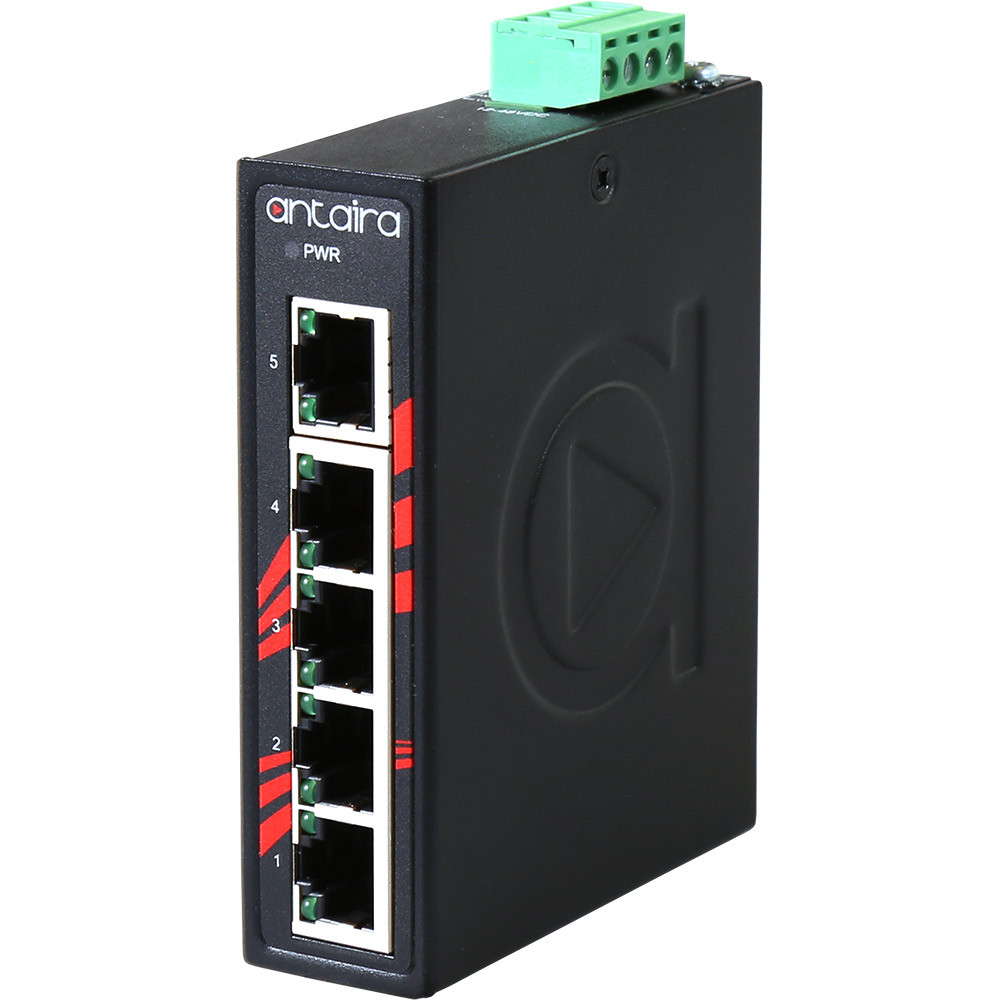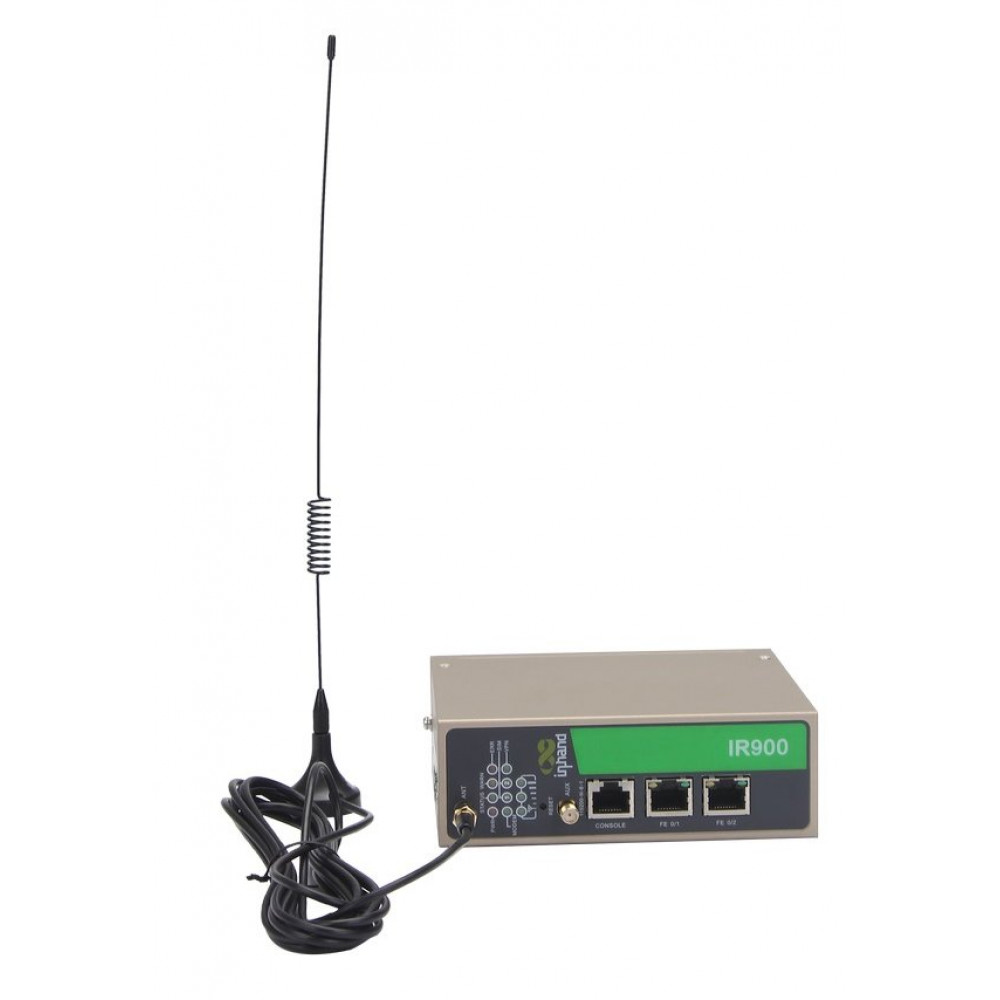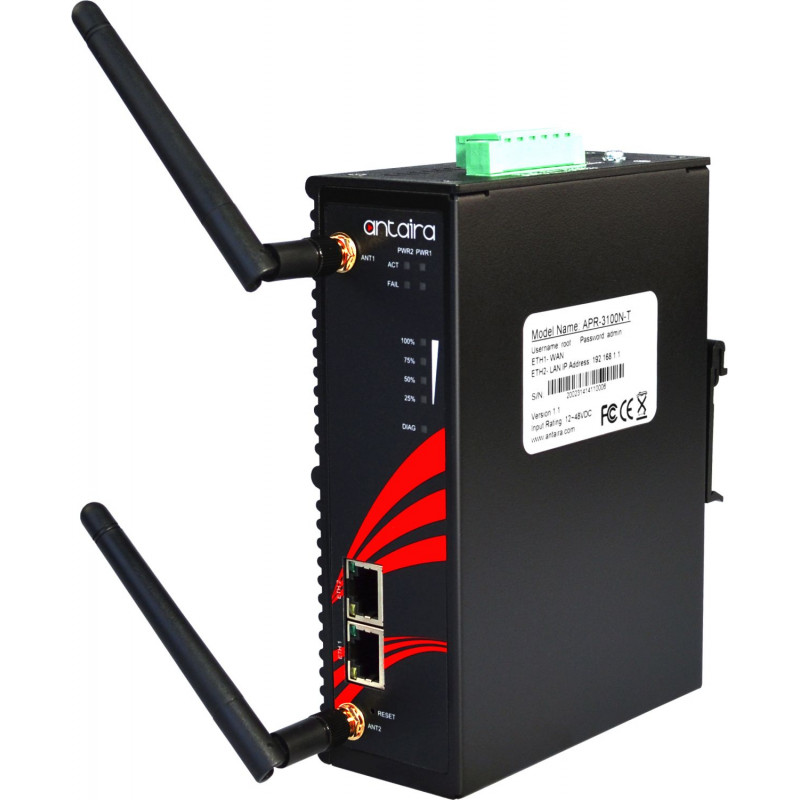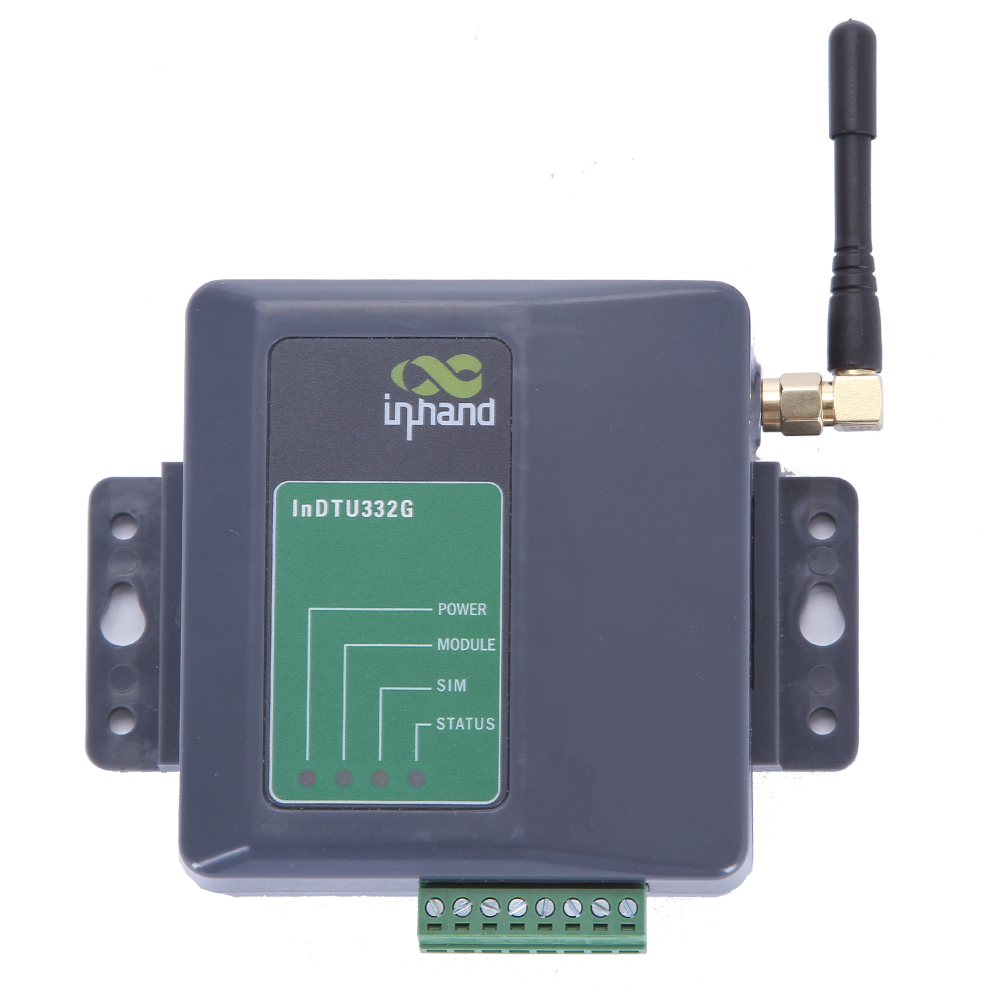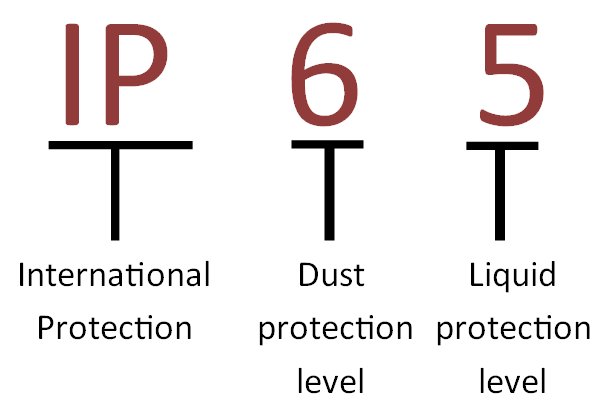Power over Ethernet (PoE) is a vital technology for many network engineers and administrators. In decentralized network nodes and components, getting power and data can prove unbelievably challenging. PoE has offered a direct, efficient solution for years, and it’s massively popular for a reason.
PoE, in general, has grown dramatically in use over the past five years. Since 2016, it has been maintaining a 13-percent annualized growth rate in total sales, and PoE alone expects to be a billion-dollar market by 2022. It’s easy to see why. The convenience and efficiency of running power and communication through a single line make networking design easier, cheaper, and more flexible. With ports each supplying from 15 to 100 watts (W) on various iterations of PoE, there are plenty of options to precisely build a network the way you want.
Continue reading…



